Who was George IV?
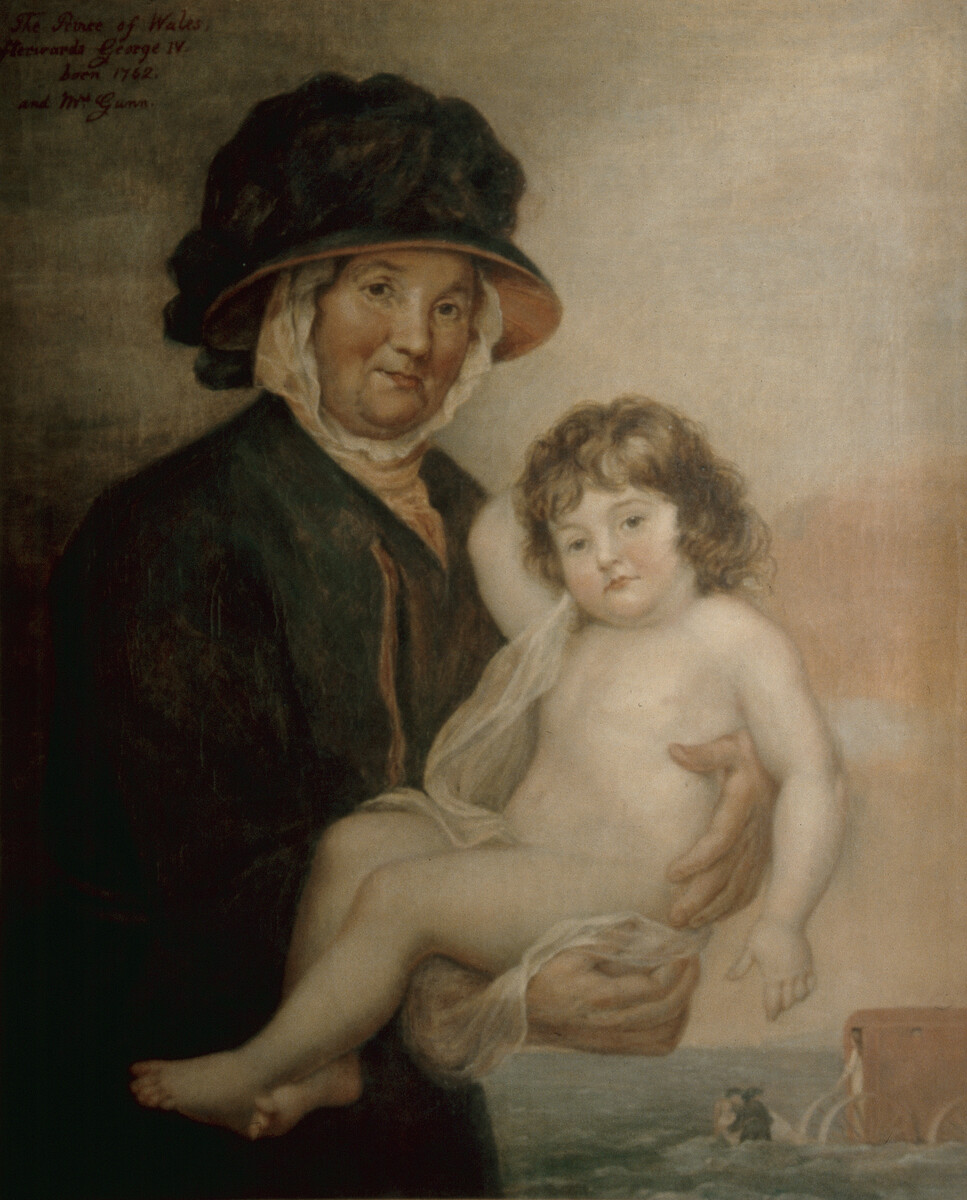
George IV was one of Britain’s most fascinating monarchs. Although often seen as a decadent figure, he ruled during a period when Britain grew into a major industrial empire.
An indulgent youth
George, Prince of Wales, was born on 12 August 1762. He was the eldest son of George III and Queen Charlotte and grew up in a stifled and disciplined royal environment.
He was a vain and extravagant young man and soon started to rebel against his formal youth. He devoted much of his time to racing and gambling, dining and dancing, music and theatre.
George, at the age of 21, had started to suffer from ill-health (no doubt as a result of his extravagant lifestyle). He was advised by his physicians to take to Brighton and benefit from the therapeutic properties of the sea. Brighton was fast becoming a fashionable seaside resort and with George’s arrival, together with accompanying royal entourage and London society followers, the quiet seaside town quickly grew and was soon nicknamed ‘London by the sea’.
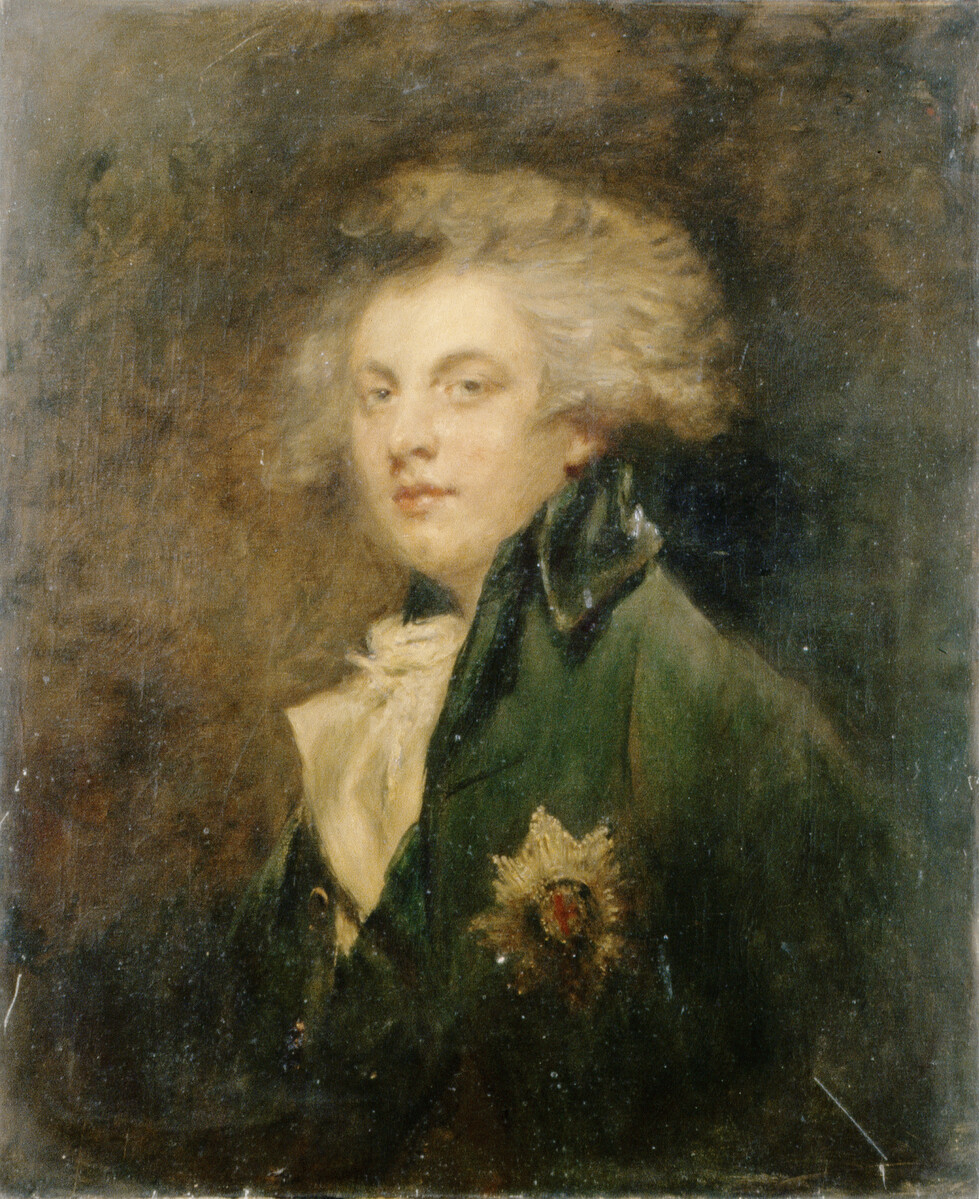
Heady days in Brighton
The heady Brighton lifestyle suited George and by the mid 1780s he liked the place enough to rent a lodging house. He had also secretly (and illegally) married the love of his life, Mrs Maria Fitzherbert.
In 1787 the House of Commons agreed to clear his debts and increase his income. George then began to transform his Brighton lodging house into an elegant modest villa, the Marine Pavilion, with the help of architect Henry Holland.
George had a passion for visual arts and architecture. He was an avid collector of French decorative arts. In architecture he enjoyed oriental styles as well as French neo-classicism and Gothic. From 1802 the Marine Pavilion was exquisitely furnished and decorated with Chinese wallpapers, furniture and objets d’art’.
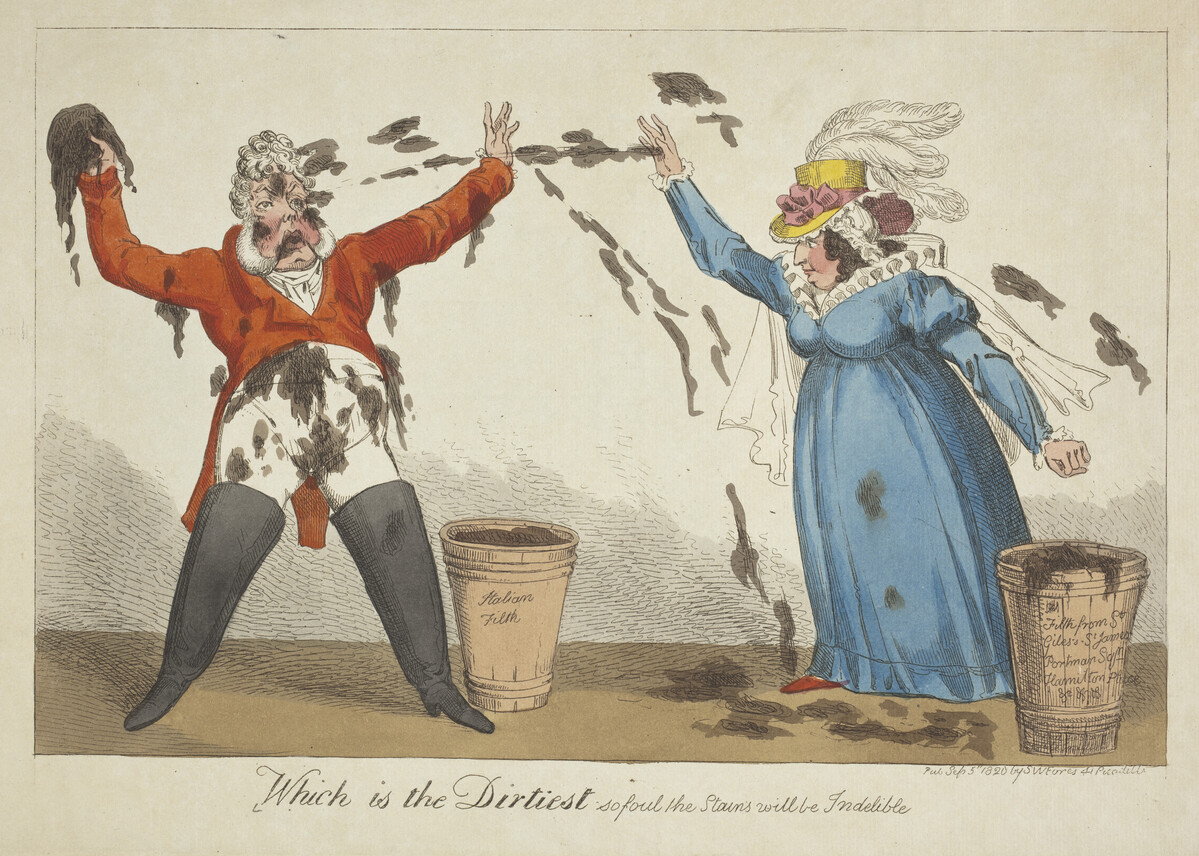
A disastrous marriage
A disastrous arranged marriage in 1795 with Princess Caroline of Brunswick failed to take George’s attentions away from Mrs Fitzherbert and his lavish Brighton lifestyle. Within a year the marriage had collapsed.
During the Regency years (1811-1820) the prince’s heady extravagance at the Marine Pavilion was a constant source of gossip. He would think nothing of spending days riding, promenading and sea-dipping, and nights eating, drinking, partying and entertaining.
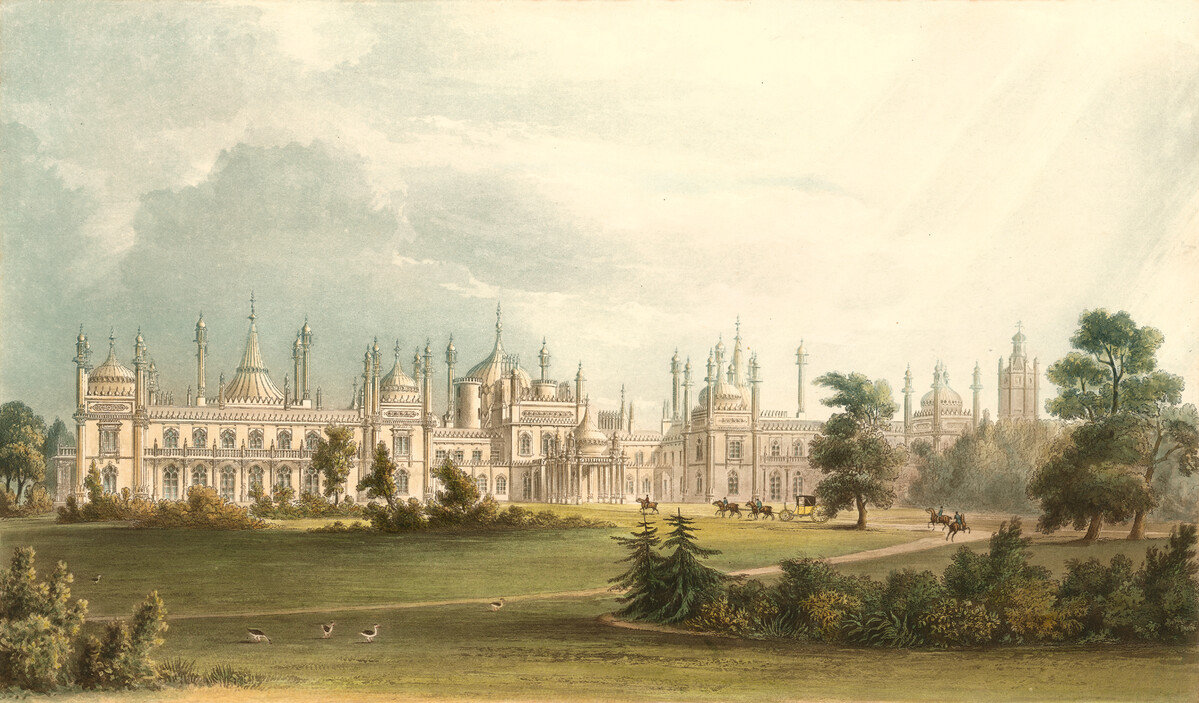
An architectural vision
George began to outgrow the Marine Pavilion which many viewed as ‘noisy, hot and overfurnished’. In 1815, he hired architect John Nash to help him transform his Brighton home into the extraordinary palace that we see today.
It took eight years for George’s oriental architectural vision to be completed with its unique exotic exterior of domes, towers and minarets, and rich and sophisticated interiors with superb and elaborate furniture and furnishings.
As his new palace unfolded, and with financial freedom as king, George IV continued to indulge in his architectural, decorative and technological vision which included the very latest in heating, lighting and sanitation.
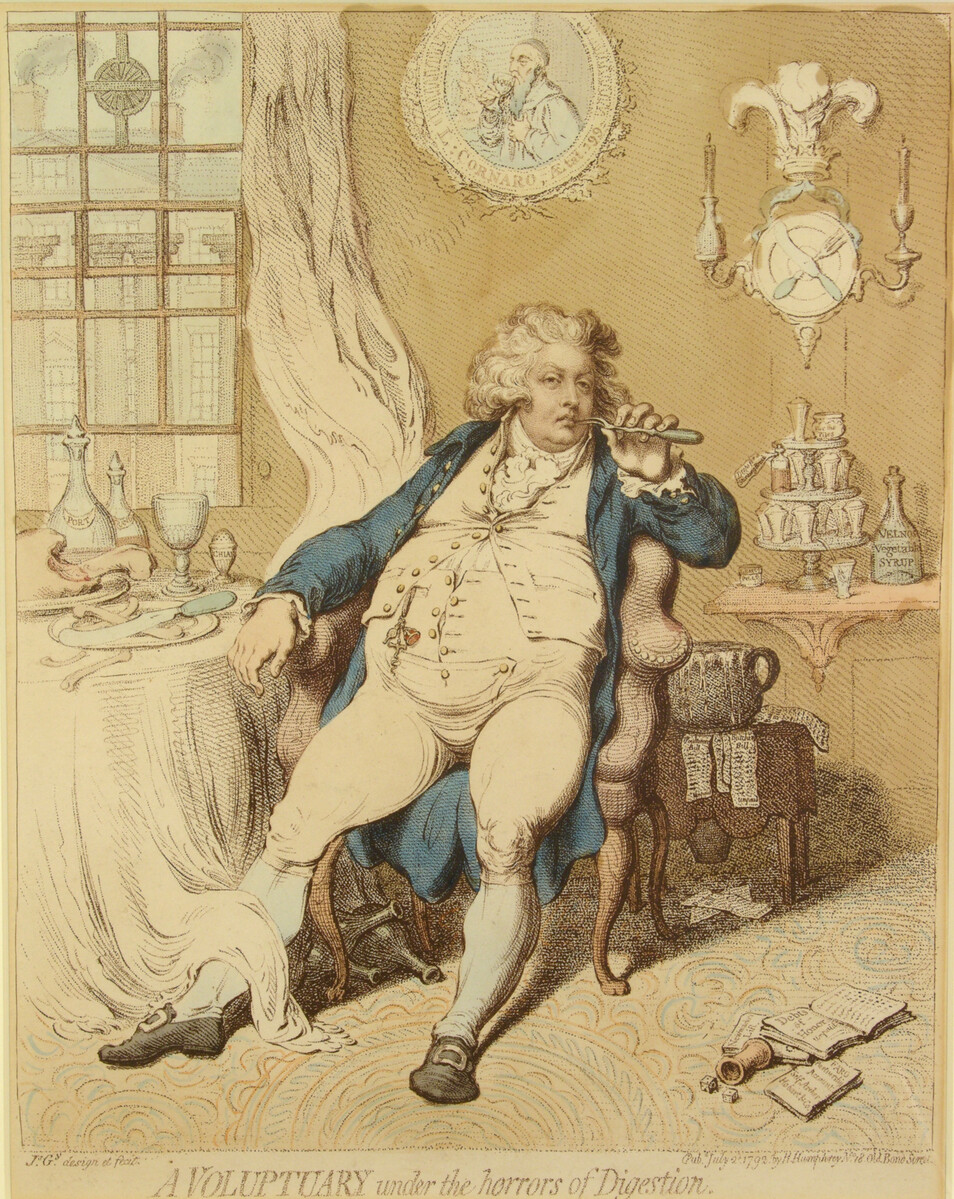
Over-indulgence and ill-health
By the time George was crowned king in 1820, his indulgent lifestyle was starting to take effect on his health. He was obese at the age of 30 and suffered frequently from gout and digestive problems.
After the interior of the Pavilion was finally completed in 1823, the king made only two further visits (in 1824 and 1827). George IV died, aged 68, in 1830.
A monument to George IV
Many political opponents of George IV viewed the Royal Pavilion as an abuse of power and a waste of public funds and social injustice. However, thanks to the determination of the city of Brighton & Hove and the dedicated Royal Pavilion conservation team, the Royal Pavilion remains today a magnificent monument to the taste and creativity of George IV. Royal extravagance in architecture and the decorative arts nearly always results in a public benefit.